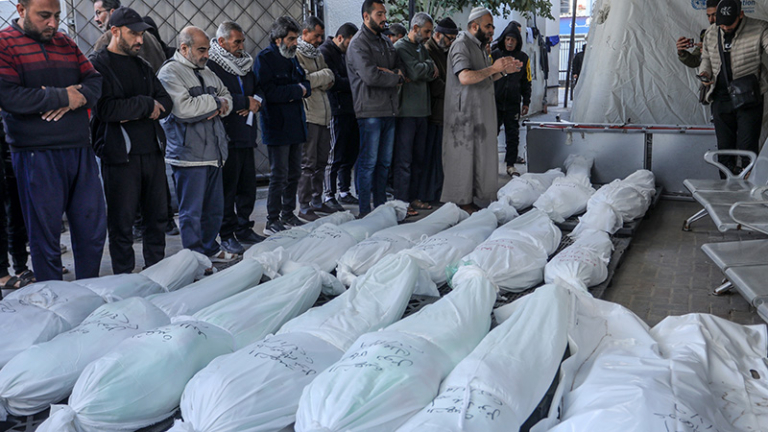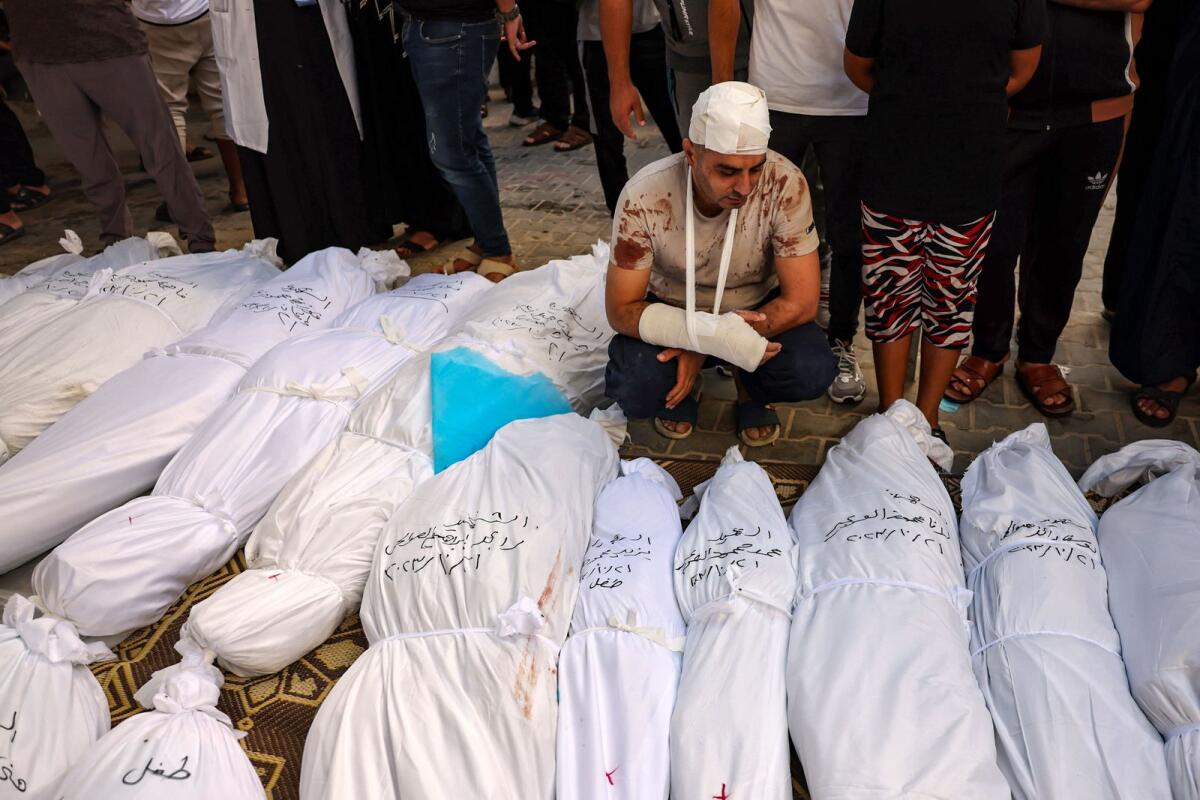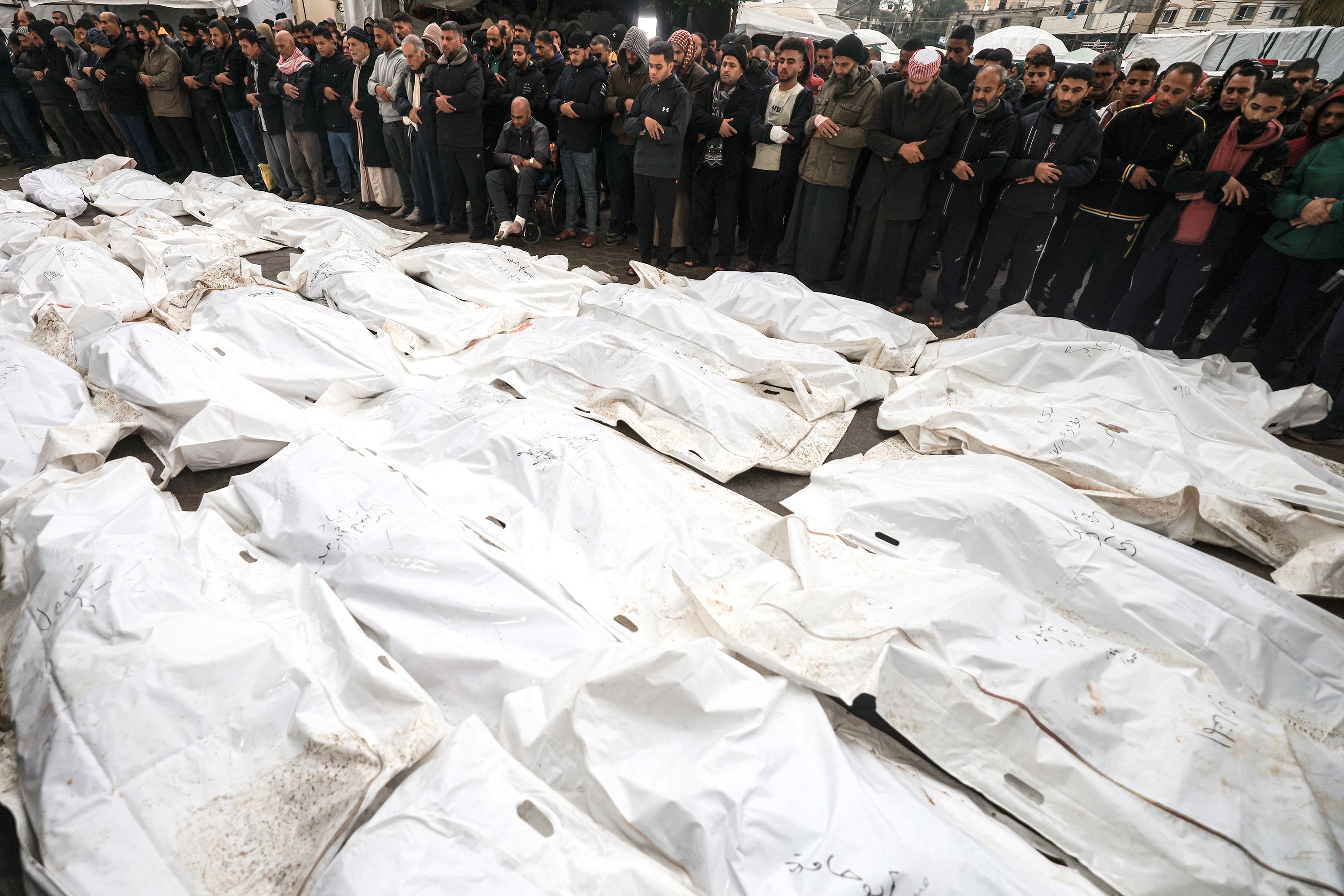Madis Reivik kirjutas: ↑21 Mai, 2025 16:07
Ja selle kohta kuidas "On lubatud tappa kuni ... palestiinlased" on kindlasti linke ja tõendeid eksole ?
Kirjeldan nüüd sulle kahte protsessi. Käesolev postitus on seerias esimene, ja tutvustab, kuidas IDF sihitab õhulööke. Sellest räägib inglise keeles portaali "972" ja "Local call" (mekomit.co.il) artikkel
‘Lavender’: The AI machine directing Israel’s bombing spree in Gaza.
Eellugu: aastal 2021 kirjutas brigaadikindral Y.S., et automaatne löökide sihitamise süsteem tuleks luua.
In 2021, a book titled “The Human-Machine Team: How to Create Synergy Between Human and Artificial Intelligence That Will Revolutionize Our World” was released in English under the pen name “Brigadier General Y.S.” In it, the author — a man who we confirmed to be the current commander of the elite Israeli intelligence unit 8200 — makes the case for designing a special machine that could rapidly process massive amounts of data to generate thousands of potential “targets” for military strikes in the heat of a war.
Aasta 2024, sõda käib ja süsteem "Lavendel" on olemas. Paljud IDF-i sõdurid käituvad lamba kombel ja võtavad "Lavendli" käsud täitmisele sama agaralt, nagu võtaks inimese käsud.
According to six Israeli intelligence officers, who have all served in the army during the current war on the Gaza Strip and had first-hand involvement with the use of AI to generate targets for assassination, Lavender has played a central role in the unprecedented bombing of Palestinians, especially during the early stages of the war. In fact, according to the sources, its influence on the military’s operations was such that they essentially treated the outputs of the AI machine “as if it were a human decision.”
Sõja algusnädalatel märgib süsteem umbes 37 000 palestiinlast "kahtlustatavaks võitlejaks" ja nende kodud õhulöögile sobivaks.
during the first weeks of the war, the army almost completely relied on Lavender, which clocked as many as 37,000 Palestinians as suspected militants — and their homes — for possible air strikes.
Ohvitseridele öeldakse, et "sina ei pea mitte AI otsuses kahtlema, vaata ainult, et naisterahvas ei oleks" (süsteem kippus sihtmärgiks valima ka naisterahvaid). Tapakäsu üle vaatamisele kulutati inimmõistuse aega keskmiselt 20 sekundit.
During the early stages of the war, the army gave sweeping approval for officers to adopt Lavender’s kill lists, with no requirement to thoroughly check why the machine made those choices or to examine the raw intelligence data on which they were based. One source stated that human personnel often served only as a “rubber stamp” for the machine’s decisions, adding that, normally, they would personally devote only about “20 seconds” to each target before authorizing a bombing — just to make sure the Lavender-marked target is male.
Seda tehti teadmises, et süsteem vähemalt kümnel protsendil juhtudest raginal võssa paneb.
This was despite knowing that the system makes what are regarded as “errors” in approximately 10 percent of cases, and is known to occasionally mark individuals who have merely a loose connection to militant groups, or no connection at all.
Sihtmärke eelistati rünnata kodudes. Kodusid rünnata on kergem. Savi neist naabritest ja pereliikmetest.
“On the contrary, the IDF bombed them in homes without hesitation, as a first option. It’s much easier to bomb a family’s home. The system is built to look for them in these situations.”
Sihtmärke rünnati suurepoolsete juhitamatute pommidega, sest "on liiga kallis rünnata madala taseme inimesi juhitavate relvadega". Tulemusena tehti maju tervikuna maatasa. Korrusmajas oli keegi, kelle kohta Lavendel arvas, et Hamasiga seotud. Head õhtat, kõik elanikud.
according to the sources, when it came to targeting alleged junior militants marked by Lavender, the army preferred to only use unguided missiles, commonly known as “dumb” bombs (in contrast to “smart” precision bombs), which can destroy entire buildings on top of their occupants and cause significant casualties. “You don’t want to waste expensive bombs on unimportant people — it’s very expensive for the country and there’s a shortage [of those bombs],” said C., one of the intelligence officers.
Nüüd siis kogemata tapu kvootidest. Sõja algusnädalatel otsustati, et ühe sellise sihtmärgi kohta tohib hukkuda 15..20 tsiviilisikut. Varem oli kvoote kasutatud ainult Hamasi juhtivate liikmete tapmise lubamisel.
In an unprecedented move, according to two of the sources, the army also decided during the first weeks of the war that, for every junior Hamas operative that Lavender marked, it was permissible to kill up to 15 or 20 civilians; in the past, the military did not authorize any “collateral damage” during assassinations of low-ranking militants.
Hamasi pataljoni ülema tasemel ja ülespoole oli lubatud tappa kuni 100 tsiviilikut lisaks sihtmärgile.
The sources added that, in the event that the target was a senior Hamas official with the rank of battalion or brigade commander, the army on several occasions authorized the killing of more than 100 civilians in the assassination of a single commander.
Selle ja muu sarnase teabe tulemusena on minu isiklik arvamus selline - kui ICC esindaja tuleb paluma, et kas ma saaks neile müüa meetri köit, kuna Netanyahu jaoks ei jätkunud varudest, siis ma müün neile kasvõi kingapaelad jalast.






